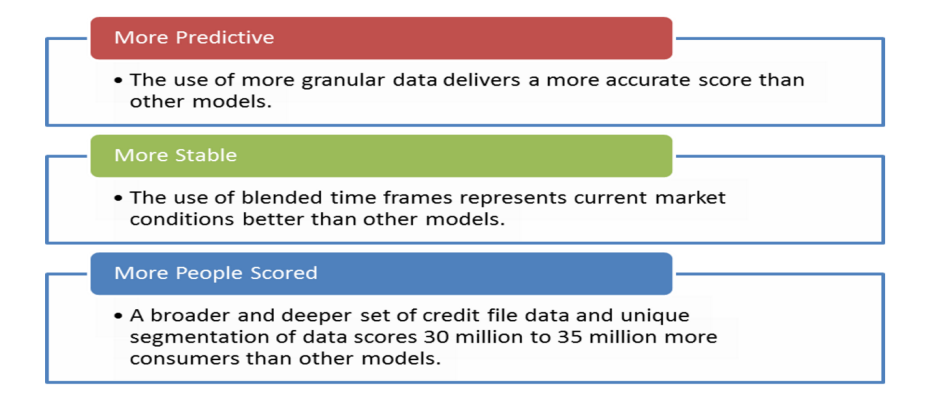At A Glance
It was popularised in the 1960s with the release of Letraset sheets containing Lorem Ipsum passages, and more recently with desktop publishing software like Aldus PageMaker including versions of Lorem Ipsum.Paragraph Block- is simply dummy text of the printing and typesetting industry. Lorem Ipsum has been the industry’s standard dummy text ever since the 1500s, when an unknown printer took a galley of type and scrambled it to make a type specimen book. It has survived not only five centuries, but also the leap into electronic typesetting, remaining essentially unchanged. It was popularised in the 1960s with the release of Letraset sheets containing Lorem Ipsum passages, and more recently with desktop publishing software like Aldus PageMaker including versions of Lorem Ipsum.


Heading 2
Heading 3
Heading 4
Heading 5
- This is a list
- Item 1
- Item 2
- Sub list
- Sub list 2
- Sub list 3
- More list
- More list 2
- More list 3
- More more
- More more
This is the pull quote block Lorem Ipsumis simply dummy text of the printing and typesetting industry. Lorem Ipsum has been the industry’s standard dummy text ever since the 1500s,
ExperianThis is the citation

This is the pull quote block Lorem Ipsumis simply dummy text of the printing and typesetting industry. Lorem Ipsum has been the industry’s standard dummy text ever since the 1500s,
ExperianThis is the citation
| Table element | Table element | Table element |
| my table | my table | my table |
| Table element | Table element | Table element |

Media Text Block
of the printing and typesetting industry. Lorem Ipsum has been the industry’s standard dummy text ever since the 1500s, when an unknown printer took a galley of type and scrambled it to make a type specimen book. It has survived not only five centuries, but also the leap into electronic typesetting, remaining essentially unchanged. It was popularised in the 1960s with the release of Letraset sheets containing Lorem Ipsum passages, and more recently with desktop publishing software like Aldus PageMaker including versions of Lorem Ipsum
My Small H5 Title


How will the FinCEN revisions impact your business? (Part 1) Some recently published FinCEN revisions and advisories are causing a stir. First, let’s look at revisions to Customer Due Diligence that require compliance by May 2018. Under the updated requirements for Customer Due Diligence, covered financial institutions must expand programs, including Customer Identification Programs (CIP), to include Beneficial Owners of Legal Entity customers. Under the new rule, financial institutions must collect and verify identity information (name, address, date of birth, Social Security number or passport number for foreign individuals): For each Natural Person with at least 25% ownership in the Legal entity and For an individual with significant responsibility for managing or controlling the business — for example, a chief executive officer, a chief financial officer, a chief operating officer, a managing member, a general partner, a president, a vice president or a treasurer The U.S. Treasury estimates that illicit proceeds generated in the United States alone total $400 billion annually. These requirements are intended to prevent anonymous access to financial systems through shielded or minority ownership. While the effort to stem the tide of illicit proceeds is laudable, the impact to business may be significant. Most organizations will need to audit their data collection practices, and many will need to make changes to either data collection or workflow processes to ensure compliance. While quite simple and straightforward on paper, the standardization of additional CIP policies and procedures tend to create substantive impact to the customer experience as well as operational resource allocations and utilization. Covered financial institutions should already be discussing with their current or prospective fraud risk and identity management vendors to ensure that: There is a clear path to altering both data collection and verification of these additional identity elements. Clear and accurate benchmarking around expected verification rates is available ahead of the compliance date to allow for operational workflow design to accommodate both ‘verifications’ and ‘referrals stemming from lack of full verification.’ Service providers are granting access to best-in-class data assets and search & match logic related to identity element verification and risk assessment, along with multi-layered options to reconcile those initial verification ‘fails.’ Full business reviews and strategy design sessions are underway or being scheduled to align and document overall objectives of the program, benchmarking of leading industry practices, current and future state gaps, near- and long-term initiatives and a prioritized roadmap, a viable business case toward additional investment in services and resources, and a plan of execution. Will this impact your business? Will you need to make any changes? Click here to read part two – FinCEN and email-compromise fraud.

Lenders are looking for ways to accurately score more consumers and grow their applicant pool without increasing risk. And it looks like more and more are turning to the VantageScore® credit score to help achieve their goals. So, who’s using the VantageScore® credit score? 9 of the top 10 financial institutions. 18 of the top 25 credit card issuers. 21 of the top 25 credit unions. VantageScore leverages the collective experience of the industry’s leading experts on credit data, modeling and analytics to provide a more consistent and highly predictive credit score. >>Want to know more?

For members of the U.S. military, relocating often, returning home following a lengthy deployment and living with uncertainty isn’t easy. It can take an emotional and financial toll, and many are unprepared for their economic reality after they separate from the military. As we honor those who have served our country this Veterans Day, we are highlighting some of the special financial benefits and safeguards available to help veterans. Housing Help One of the best benefits offered to service members is the Veteran’s Administration (VA) home-loan program. Loan rates are competitive, and the VA guarantees up to 25 percent of the payment on the loan, making it one of the only ways available to buy a home with no down payment and no private mortgage insurance. Debt Relief Having a VA loan qualifies military members for a Military Debt Consolidation Loan (MDCL) that can help with overcoming financial difficulties. The MDCL is similar to a debt consolidation loan: take out one loan to pay off all unsecured debts, such as credit cards, medical bills and payday loans, and make a single payment to one lender. The advantage of a MDCL? Paying a lower interest rate and closing costs than civilians and far less interest than paying the same bills with credit cards. These refinancing loans can be spread out over 10, 15 and sometimes 30 years. Education Benefits The GI Bill is arguably the best benefit for veterans and members of the armed forces. It helps service members pay for higher education for themselves and their dependents, and is one of the top reasons people enlist. Eligible service members receive up to 36 months of education benefits, based on the type of training, length of service, college fund availability and whether he or she contributed to a buy-up program while on active duty. Benefits last up to 10 years, but the time limit may be extended. Saving & Investing Money According to the Department of Defense’s annual Demographics Report, 87 percent of military families contribute to a retirement account. Service members who participated in the Thrift Savings Plan, however, are often unaware of their options after they separate from service, and many don’t realize the advantages of rolling their plans into an IRA or retirement plan of a new employer. Safeguarding Identity Everyone is a potential identity theft target, but military personnel and veterans are particularly vulnerable. Routinely reviewing a credit report is one way to detect a breach. The Attorney General's Office provides general information about what steps to take to recover from identify theft or fraud. Today is a great time to consider ways to support your veteran and active military consumers. They are deserving of our support and recognition not just today but continuously. Learn more about services for veterans and active military to understand the varying protections, and how financial institutions can best support military credit consumers and their families.
In this article…
typesetting, remaining essentially unchanged. It was popularised in the 1960s with the release of Letraset sheets containing Lorem Ipsum passages, and more recently with desktop publishing software like Aldus PageMaker including versions of Lorem Ipsum.


